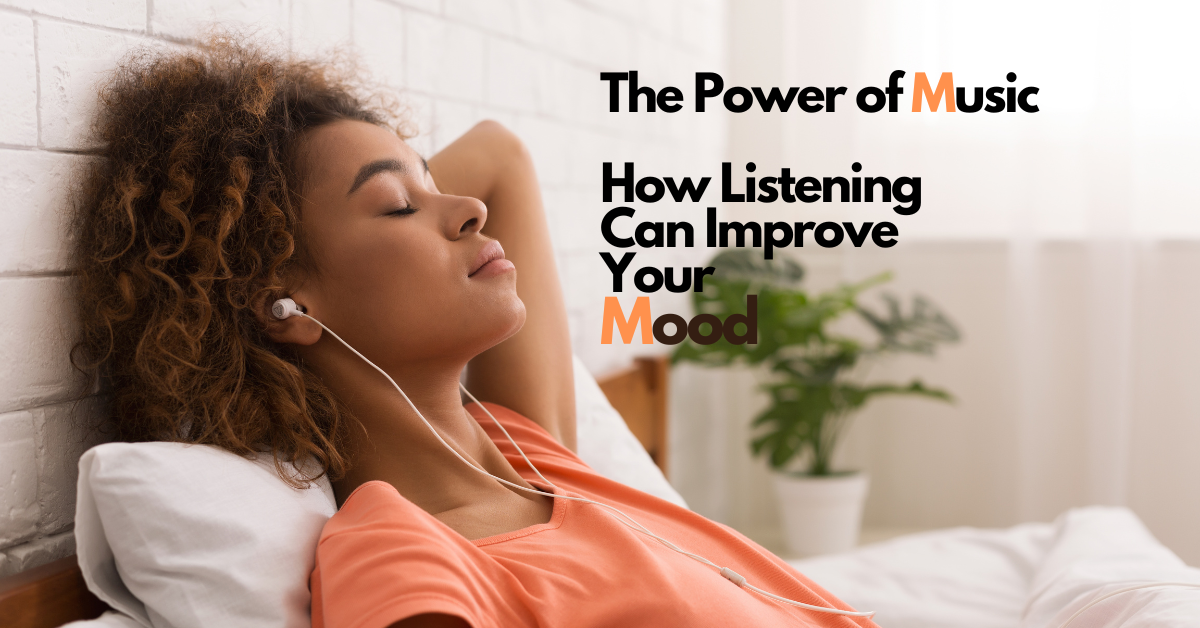With the ability to evoke emotions and stir memories, music holds a unique power over our mood. Numerous studies have shown the positive effects of listening to music on our mental well-being, from reducing stress and anxiety to boosting happiness and motivation. In this blog post, we will explore how music can act as a powerful tool for improving your mood and overall mental health.
The Psychological Impact of Music
Understanding the Brain-Music Connection
On a neurological level, music has the power to stimulate various regions of the brain responsible for processing emotions, memory, and reward. When we listen to music, the brain releases dopamine, a neurotransmitter associated with pleasure and motivation, which can enhance our mood and overall well-being.
Emotional Responses to Different Genres
One’s emotional response to music can vary depending on the genre. For instance, classical music is known to evoke feelings of relaxation and tranquility, while rock or pop music may elicit excitement and energy. These responses are influenced by individual preferences, past experiences, and cultural backgrounds, shaping our emotional connection to different types of music.
Physiological Effects of Music on Mood
Music and the Release of Neurotransmitters
Clearly, music has a powerful impact on our mood and emotions. One of the key ways music influences our mood is through the release of neurotransmitters in the brain. Music has been shown to stimulate the release of dopamine, a feel-good chemical that can help elevate mood and reduce feelings of stress and anxiety.
The Role of Rhythm and Beats in Physical States
Any discussion about the power of music on mood is incomplete without acknowledging the role of rhythm and beats in influencing our physical states. The beat of a song can directly impact our heart rate and breathing patterns, leading to a more relaxed or energized state. Different rhythms can evoke specific emotions and physical responses, showing the profound connection between music and our bodies.
Role
Music with a fast tempo and driving beat is often used in workouts to boost energy and motivation, while slower-paced music with a steady rhythm can help induce a sense of calm and relaxation. By understanding the role of rhythm and beats in music, we can leverage this knowledge to intentionally enhance our mood and physical well-being through curated playlists and music choices.
Music Therapy and Mood Enhancement
Clinical Applications of Music Therapy
With the increasing recognition of the power of music in promoting emotional well-being, clinical applications of music therapy have gained popularity. Music therapists work with individuals to address mental, emotional, and even physical health issues through guided music listening, creation, and discussion. This form of therapy has shown promising results in reducing symptoms of depression, anxiety, and stress.
Everyday Strategies for Mood Improvement Through Music
Music has the potential to be a valuable tool in managing and enhancing our moods on a daily basis. By curating playlists that cater to different emotional states or goals, individuals can use music as a mood booster, stress reliever, or motivator. Additionally, engaging in active music listening or playing an instrument can provide a sense of catharsis and minimize negative emotions.
Understanding the connection between music and mood can empower individuals to make intentional choices about the music they consume. Whether seeking solace in calming melodies or seeking an energy boost with lively beats, music can serve as a powerful ally in enhancing mood and well-being.

Cultivating a Personalized Music Experience
Creating the Perfect Playlist for Your Mood
To fully harness the power of music in improving your mood, creating a personalized playlist is crucial. Start by identifying the emotions you want to evoke or enhance. Consider selecting songs that resonate with you on a deep level and that have a positive impact on your mood. Whether you need a pick-me-up or relaxation, curating a playlist tailored to your emotions can significantly enhance your listening experience.
The Impact of Lyrics vs. Instrumentals on Emotions
One’s emotional response to music can be influenced by both the lyrics and the instrumentals. Lyrics tend to convey specific emotions and messages, making them relatable and impactful. On the other hand, instrumental music relies on melodies and rhythms to evoke emotions, allowing listeners to interpret the music based on their own feelings and experiences. Understanding how both elements can affect your mood can help you choose the right type of music for different emotional needs.
Impact
The power of music lies in its ability to connect with our emotions and affect our mood. Whether through the emotional depth of lyrics or the evocative nature of instrumentals, music has a profound impact on our well-being. By cultivating a personalized music experience that incorporates both elements, you can effectively harness the mood-boosting benefits of music in your daily life.
Conclusion
Presently, it is evident that music has a profound impact on our mood and emotions. By listening to the right kind of music, we can improve our mood, reduce stress, and enhance our overall well-being. Whether it is a soothing melody to relax or an upbeat tune to boost energy, the power of music is undeniable. So next time you’re feeling down or anxious, consider turning to music as a powerful tool to lift your spirits and improve your mental health.
References
“The power of music: Its impact on the intellectual, social and personal development of children and young people” by Susan Hallam, Institute of Education, University of London.
“Music and Mood Regulation: A Review of Research Findings” by Liila Taruffi and Stefan Koelsch, Frontiers in Psychology, 2014.
“The Effects of Music on Emotional Response, Brand Attitude, and Purchase Intent in an Emotional Advertising Condition” by Ronald E. Milliman, Journal of Consumer Research, 1982.
“How Music Helps to Heal the Injured Brain: Therapeutic Use Crescendos Thanks to Advances in Brain Science” by Dana Dovey, Scientific American, 2015.


